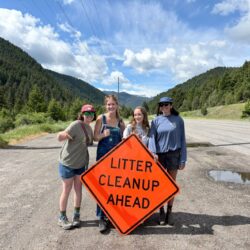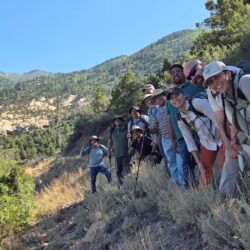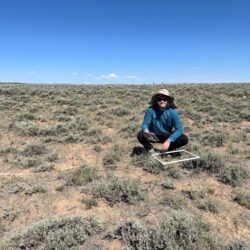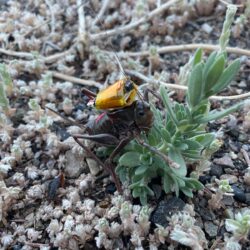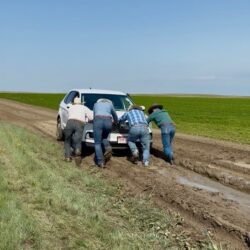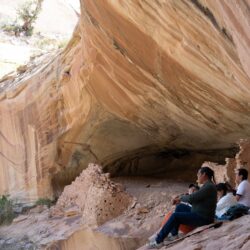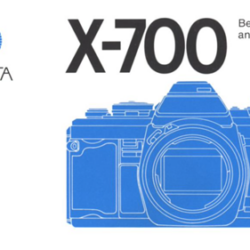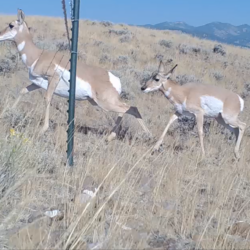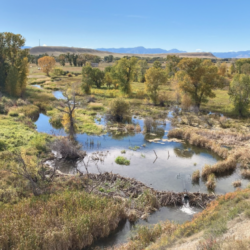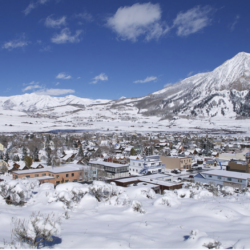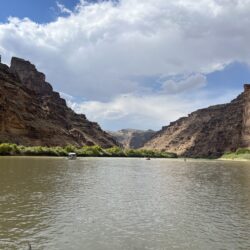A Legal System for Everyone: My Summer at Cottonwood Environmental Law Center – Bella Amell
As the first in my family to attend college, the legal system is admittedly very intimidating to me. Even considering going to law school feels like a massive undertaking. An undertaking that I, as someone born and raised in a small town, feel massively underprepared to take on. The pre-law students I know are mostly Read more about A Legal System for Everyone: My Summer at Cottonwood Environmental Law Center – Bella Amell[…]

